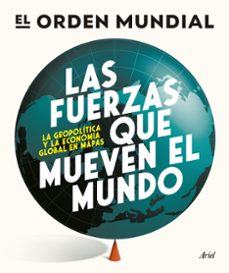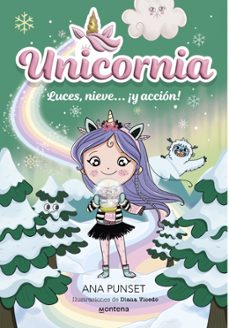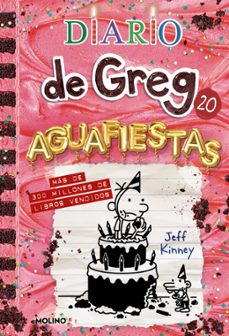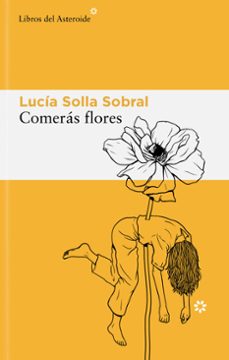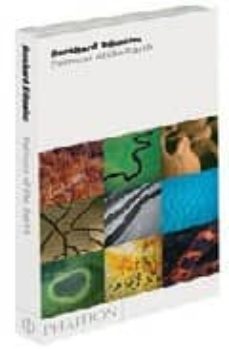Imprescindibles
Más vendidos Libros más leídos eBooks más leídos Todos los libros Todos los libros Autores destacados Series y sagas
Recomendados Libros recomendados Autores destacados Libros que inspiran Vidas con historia LGTBIQ+ English books
Ficción
Literatura Contemporánea Estudios literarios Clásicos Cuentos Poesía Teatro Libros de bolsillo Sagas literarias
Géneros literarios Novela romántica y erótica Novela negra Novela histórica Narrativa fantástica Novela de ciencia ficción Novela de terror Narrativa de humor Narrativa de viajes
No Ficción
Ciencias y tecnología Biología Ciencias Ciencias naturales Divulgación científica Informática Ingeniería Matemáticas Medicina Salud y dietas Formación Idiomas Estilo de vida Libros de Cocina Guías de viaje Narrativa de viajes Deportes Libros de Juegos Manualidades
Humanidades Autoayuda y espiritualidad Ciencias humanas Derecho Economía y Empresa Psicología y Pedagogía Filosofía Sociología Filología Biblioteconomía Estudios filológicos Estudios lingüísticos Estudios literarios Historia y crítica de la Literatura
Infantil
Juvenil
#Jóvenes lectores Narrativa juvenil Clásicos adaptados Libros Wattpad Libros Booktok Libros de influencers Libros de Youtubers Libros Spicy Juveniles Libros LGTBIQ+ Temas sociales Libros ciencia ficción Libros de acción y aventura Cómic y Manga Juvenil Cómic Juvenil Manga Shonen Manga Shojo Autores destacados Jennifer L. Armentrout Eloy Moreno Nerea Llanes Hannah Nicole Maehrer
Libros de fantasía Cozy Fantasy Dark academia Hadas y Fae Romantasy Royal Fantasy Urban Fantasy Vampiros y hombres lobo Otros Misterio y terror Cozy mistery Policiaca Spooky Terror Thriller y suspense Otros
Libros románticos y de amor Dark Romance Clean Romance Cowboy Romance Mafia y amor Romance dramatico Romance dramatico Romcom Sport Romance Otros Clichés Enemies to Lovers Friends to Lovers Hermanastros Slow Burn Fake Dating Triángulo amoroso
Cómic y Manga
Novela gráfica Novela gráfica americana Novela gráfica europea Novela gráfica de otros países Personajes, series y sagas Series y sagas Star Wars Superhéroes Cómics DC Cómics Marvel Cómics otros superhéroes Cómics Valiant
eBooks
Literatura Contemporánea Narrativa fantástica Novela de ciencia ficción Novela de terror Novela histórica Novela negra Novela romántica y erótica Juvenil Más de 13 años Más de 15 años Infantil eBooks infantiles
Humanidades Autoayuda y espiritualidad Ciencias humanas Economía y Empresa Psicología y Pedagogía Filosofía Historia Historia de España Historia Universal Arte Cine Música Historia del arte
Ciencia y tecnología Ciencias naturales Divulgación científica Medicina Salud y dietas Filología Estudios lingüísticos Estudios literarios Historia y crítica de la Literatura Estilo de vida Cocina Guías de viaje Ocio y deportes
ANGELIKA JUNG HUTTL
Recibe novedades de ANGELIKA JUNG HUTTL directamente en tu email
Filtros
Del 1 al 4 de 4
PHAIDON PRESS LIMITED 9780714848587
A breathtaking collection of aerial photographs of the Earth's surface, this title celebrates the natural beauty of the Earth and emphasizes the shrinking natural environment of the planet.
Ver más
Tapa blanda
PHAIDON PRESS LIMITED 9780714846798
Photographs by Bernhard Edmaier and text by Angelika Jung-Huttl A panoply of amazing abstract patterns that occur naturally on the earth's surface collected into a compact handbook Over 400 aerial photographs taken by one of the world's greatest aerial photographers Craters, pools and islands; rivers, canyons and streams, estuaries, icebergs and salt flats; seabeds, deserts and glaciers are categorized by shape and form into clearly defined sections A source of inspiration for those working in the creative industries and the arts as well as environmentalists and everyone who marvels at the world around them With text explaining how, where and why the formations naturally occur Bernhard Edmaier (b.1957) trained as a civil engineer and geologist and has photographed the earths surface for over 15 years. The result of meticulous planning and research, his extraordinary travels take him from the endless deserts of Africa to the ice plains of Iceland and the coral cliffs of the Great Barrier Reef. His abstractly beautiful compositions offer an awe-inspiring view of our planet. He is the creator of the international bestseller, Earthsong, also published by Phaidon. Dr Angelika Jung-Huttl (b.1957) is a geologist and writer who contributes to a number of different newspapers and popular scientific magazines. She has worked and travelled with Edmaier for 10 years and has written several books on volcanoes, ice and glaciers.
Ver más
Tapa blanda
PHAIDON PRESS LIMITED 9780714898896
Fotografías de Bernhard Edmaier y texto de Angelika Jung-Hüttl
Una espectacular recopilación de impresionantes fotografías aéreas de la superficie terrestres
Las fotografías están agrupadas en cuatro
Ver más
Tapa blanda
PHAIDON PRESS LIMITED 9780714898278
Existen grandes extensiones de la superficie terrestre en las que la actividad del ser humano aún no ha dejado rastro. En ellas reina la naturaleza y los fenómenos naturales dominan y definen el paisaje. Cancion de Tierra , divide el planeta en cuatro partes que reflejan los principales entornos naturales que cubren su superficie. Agua (recursos hidricos), Aridez (tundra), Desierto (terrenos con precipitaciones exiguas) y Verde (zonas cubiertas de vegetacion).
Ver más
Tapa dura
Del 1 al 4 de 4










